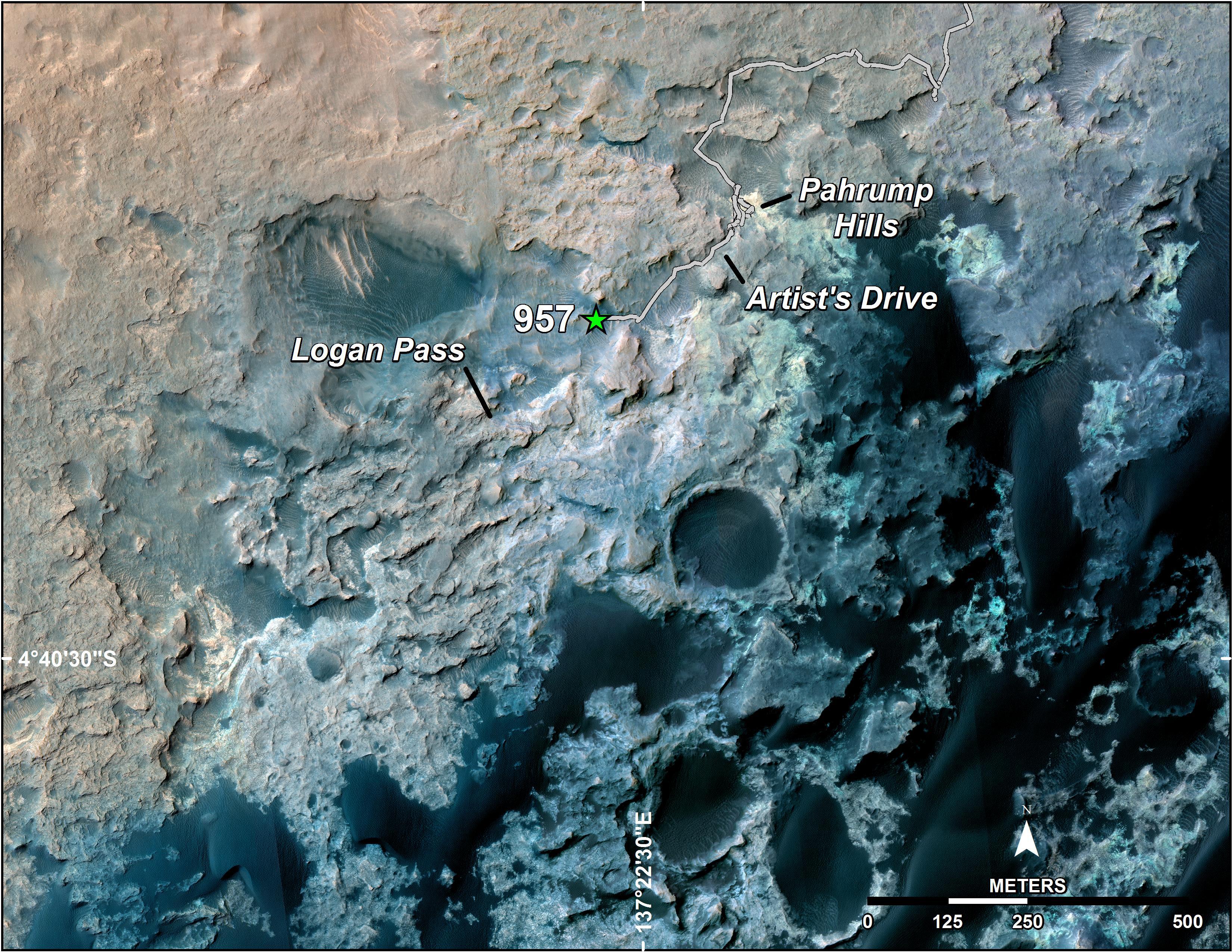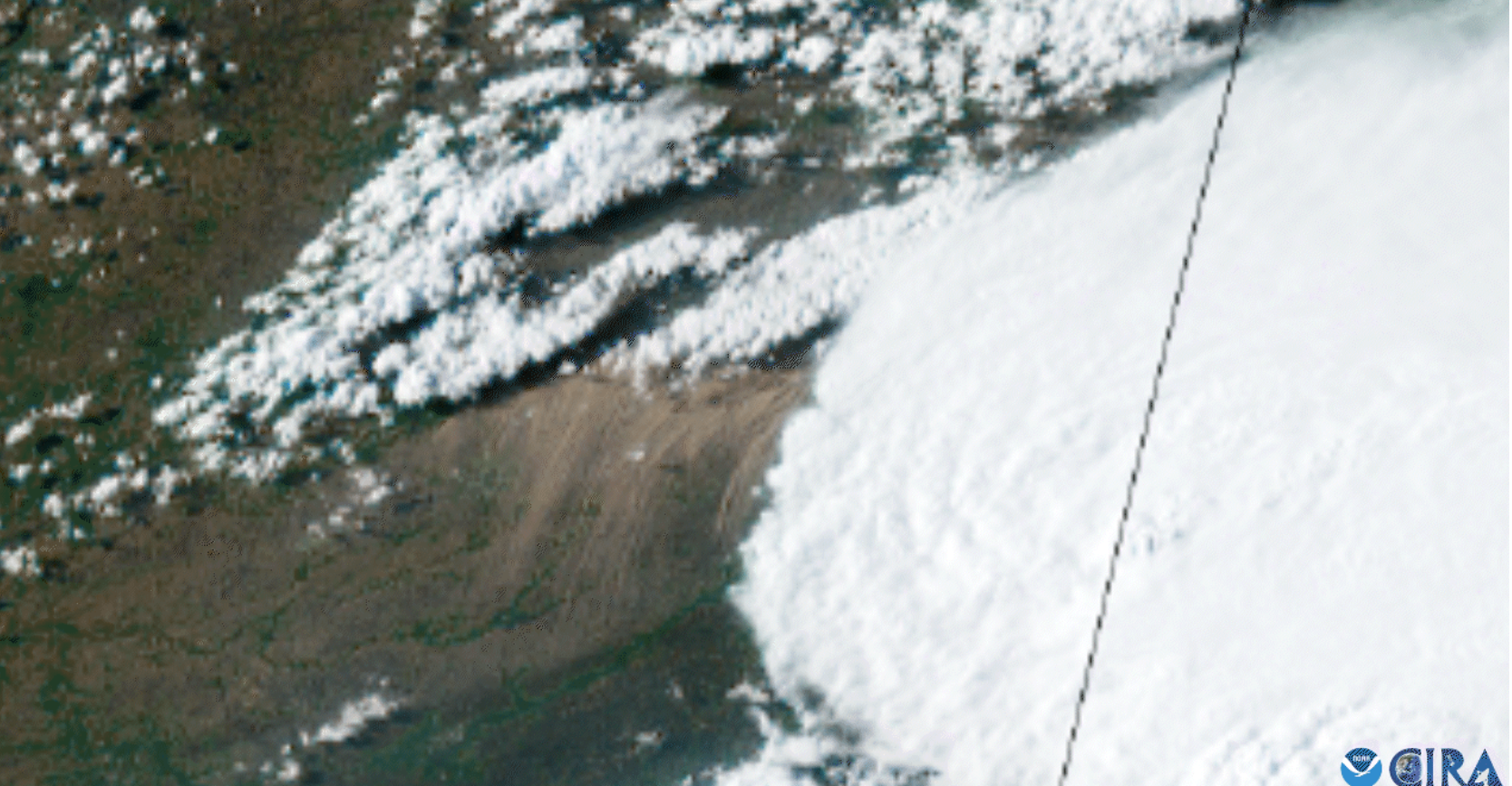
Just three weeks after NASA's Opportunity rover completed the first-ever Mars marathon, the robot's bigger, younger cousin wrapped up its own long-distance race on the Red Planet.
A 208-foot-long (65 meters) drive pushed the car-size Curiosity rover's odometer past 10 kilometers (6.21 miles) on Thursday (April 16), NASA officials said. Opportunity reached the marathon milestone of 26.219 miles (42.195 km) on March 24.
Curiosity, which has been exploring Mars' huge Gale Crater since August 2012, is currently studying the foothills of Mount Sharp, which rises 3.4 miles (5.5 km) into the sky from Gale's center. The rover is traveling from an outcrop at the mountain's base called Pahrump Hills to its next science destination, a spot dubbed Logan Pass. [Latest Amazing Mars Photos from Curiosity]
"We've not only been making tracks, but also making important observations to characterize rocks we're passing, and some farther to the south at selected viewpoints," Curiosity science team member John Grant, of the National Air and Space Museum in Washington, said in a statement.
"The rover's mobility has been crucial, because that's what allows us to get to the best sites to investigate," Grant added. "The ability to get to different sections of the rock record builds more confidence in your interpretation of each section."

Curiosity actually reached the 10-kilometer milestone last week according to wheel odometry, NASA officials said. But that measure can give slightly inflated results because of wheel slippage; the "official" tally, based on mapped drive distances, is considered more accurate.
Curiosity's main mission goal was to determine if Mars could ever have supported microbial life. The rover's observations have already helped scientists answer that question in the affirmative; Gale Crater, researchers have concluded, once harbored a habitable lake-and-stream system in the ancient past.
Get the Space.com Newsletter
Breaking space news, the latest updates on rocket launches, skywatching events and more!
That discovery was made near Curiosity's landing site, in Gale Crater's flatlands. The rover's current work at Mount Sharp should shed light on how and why the Red Planet shifted from a relatively warm and wet world long ago to the cold and dry place it is today, mission team members have said.
Opportunity, which is about the size of a golf cart, has been trundling across Mars for more than 11 years. The rover and its twin, Spirit, landed three weeks apart in January 2004. Spirit stopped communicating with Earth in 2010 and was declared dead a year later, with 4.80 miles (7.7 km) on its odometer.
Follow Mike Wall on Twitter @michaeldwall and Google+. Follow us @Spacedotcom, Facebook or Google+. Originally published on Space.com.

Join our Space Forums to keep talking space on the latest missions, night sky and more! And if you have a news tip, correction or comment, let us know at: community@space.com.

Michael Wall is a Senior Space Writer with Space.com and joined the team in 2010. He primarily covers exoplanets, spaceflight and military space, but has been known to dabble in the space art beat. His book about the search for alien life, "Out There," was published on Nov. 13, 2018. Before becoming a science writer, Michael worked as a herpetologist and wildlife biologist. He has a Ph.D. in evolutionary biology from the University of Sydney, Australia, a bachelor's degree from the University of Arizona, and a graduate certificate in science writing from the University of California, Santa Cruz. To find out what his latest project is, you can follow Michael on Twitter.
